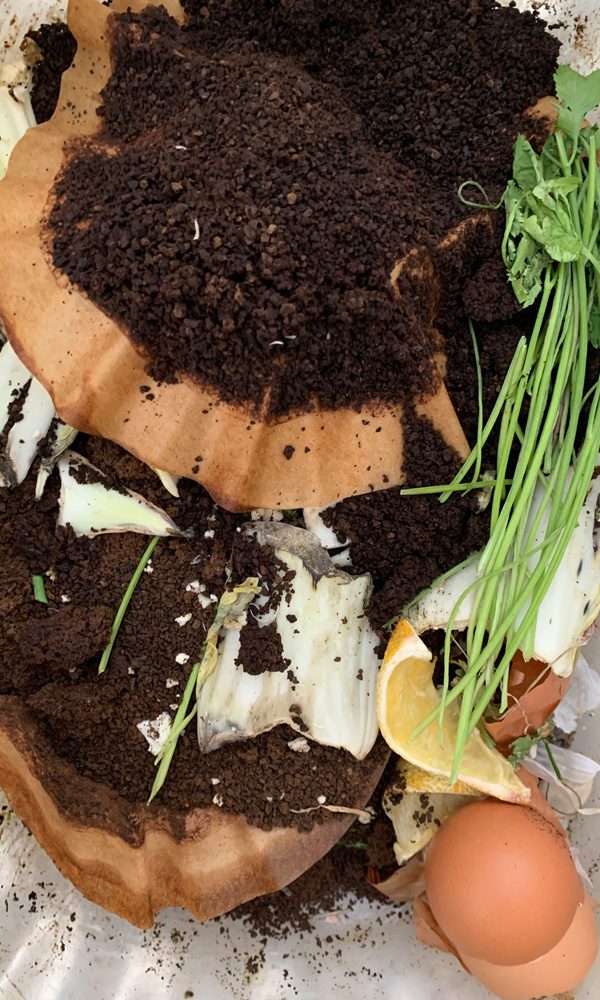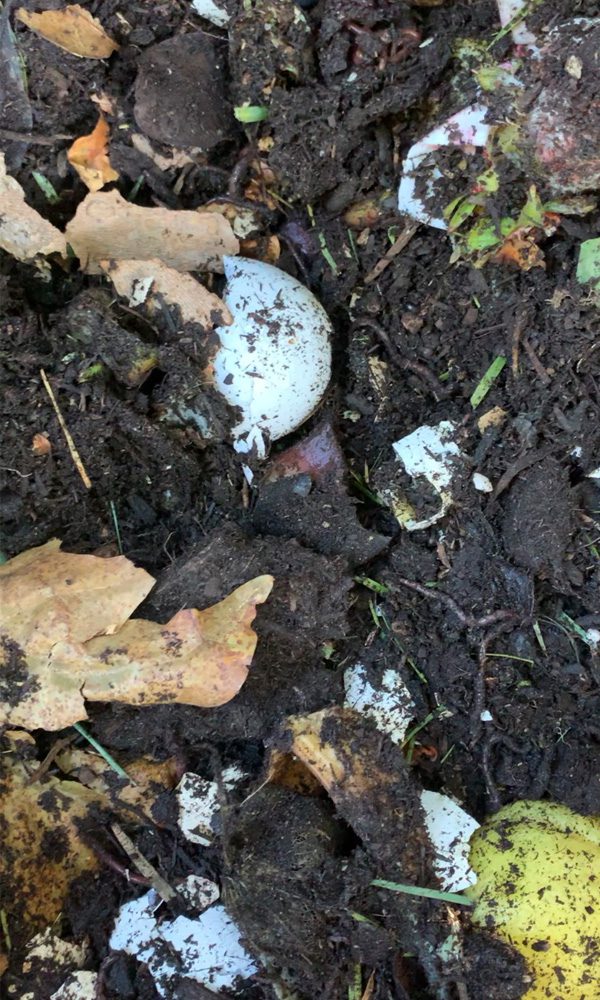How to Start Composting: An Introduction
January 14
3 min read
0 Comments
Let’s compost together.
A new California initiative aimed at decreasing methane gas emissions will go into effect this year, providing an opportunity for residents and businesses to start composting on-site. We’re here to help decide which method works best for your composting goals, available space, lifestyle, and budget.
The Modern Potager Kitchen Garden
The joy of the modern potager is living in a more intentional and positive way where we recognize we are our environment and our environment is what we make of it. A healthy, sustainable environment starts at home with conscious decisions to live in a reflective way that prioritizes giving back to the ecosystem and our human community.
It’s Time to Start Composting
SoCal residents – the time has come to start composting. The introduction of California Senate Bill 1383 now requires all residents and businesses to separate “green” waste from other trash. According to the EPA, “food scraps and yard waste together currently make up more than 30 percent of what we throw away.” The State of California initiative is designed to curb methane gas production in landfills which are trapped in the anaerobic process of traditional garbage processing. Methane gas is a potent greenhouse gas directly contributes to increased emissions.
While Bill 1383 doesn’t require the implementation of at-home or on-site composting solutions, as soil advocates, the Heirloom Potager team doesn’t want you to waste the “black gold” at your fingertips.
Even if you’re not an avid kitchen gardener (we’ll work on that), composting at home can benefit your existing landscaping and even interior plants. Composting diverts organic waste from landfills, lowering the human impact on the planet by creating a sustainable resource from waste materials.
But you don’t have to give your valuable kitchen waste to your municipalities curbside green bin. Rather, let your garden (or the local community garden) benefit from the “black gold” while taking another step towards a more sustainable and healthy lifestyle.
So what’s the good news? The Heirloom Potager team is here to help you set up the best composting solution for your home. Complete an inquiry form to schedule an on-site consultation.
WHY YOU SHOULD START COMPOSTING
Outside of the new California law requiring green waste composting on a broad scale, composting is an easy solution to lowering your impact on the environment.
Composting creates a sustainable, nutrient-rich product that improves the overall health of soil. Whether you use it on your lawn, in-ground landscape beds, or in a kitchen garden, compost gives life the microbiology happening under our feet. Compost is full of absorbable nutrients for all types of plants and improves soil structure, allowing ground soil to store moisture – something California desperately is in need of – and suppresses plant diseases and garden pests. Healthy soils nourished with compost also eliminate the need for man-made, chemical fertilizers (something we’re dedicated to destroying at HP).
If you’re ready to start composting, but would like some help getting started, the Heirloom Potager team is here to set you up right with the best composting method. Complete an inquiry form to schedule an on-site consultation to get started today.
SELECT A COMPOSTING METHOD
The enforcement of California Senate Bill 1383 will be rolled out gradually for homes and businesses in the coming months. However, it’s a great time to start composting – today!
There are three common methods to compost: traditional or hot composting, vermicomposting or worm composting, and bokashi. If you want to learn all.the.composting details – check out Compostable Kate on Instagram.
Traditional composting or “cold” composting uses piles of mixed materials that decompose over time naturally with the occasional turning of the stacks to aerate and introduce new materials.
Hot composting starts the same as cold composting but has a slightly different ratio of brown and green materials. This technique heats the pile up to 140-160°F to kill off harmful pathogens and weed seeds.
Vermicomposting or worm composting is similar to traditional composting but introduces red worms to speed up the composting process. The result is heavily nutrient-rich “black gold” – or worm castings – containing various plant nutrients and beneficial microorganisms.


HOW TO START COMPOSTING
How should you start composting? First, decide which method works best for your composting goals, available space, lifestyle, and budget.
After deciding which method is the best solution for you, start gathering materials. All composting options require a mix of brown and green materials.
Green materials are most often kitchen scraps (i.e. they have a higher moisture content). Brown materials are much dryer and balance the moisture content in the compost pile. Shredded newspaper or brown packing paper, dried leaves, lawn clippings, and old garden materials fall into this category.
Once you have a collection of materials, you will layer the materials together in a mound or in a collection bin for the traditional or worm composting techniques, consistently topping the pile with dry, brown materials to discourage flies and other pests.
If composting still sounds a little overwhelming, know that the Heirloom Potager team is here to help you get started with the right composting solution for your needs. Complete an inquiry form to schedule an on-site consultation to get started today.

Leave A Comment